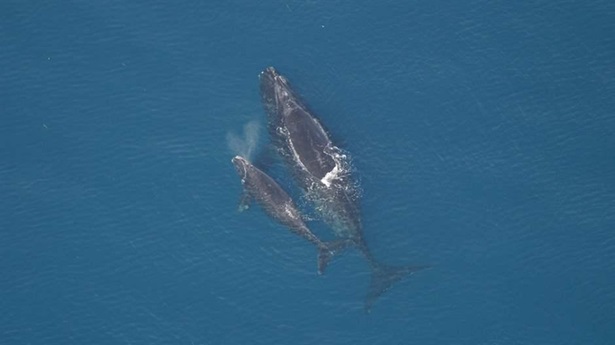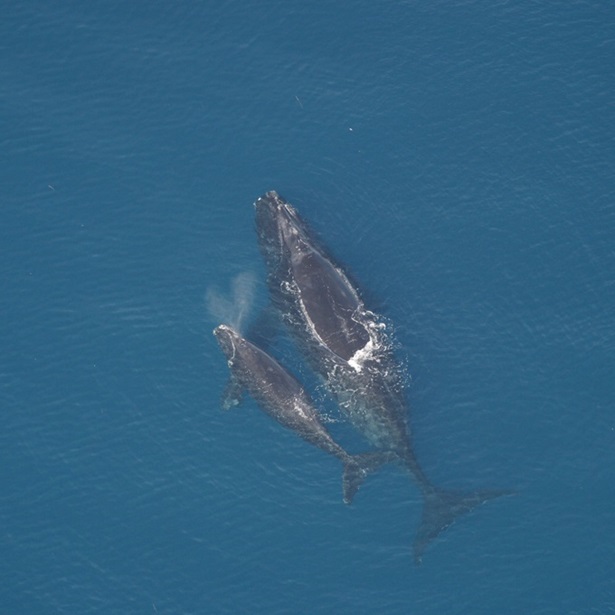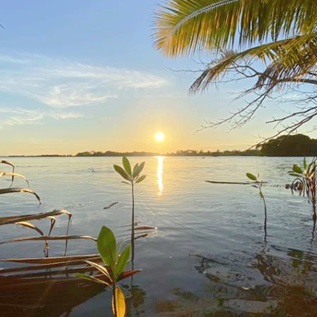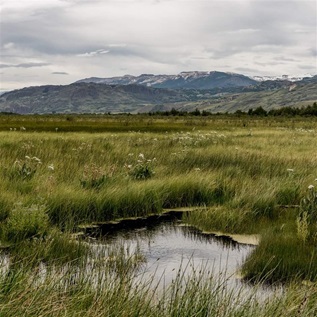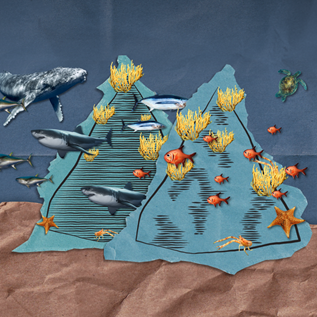North Atlantic Right Whales, Dying from Entanglements, Cannot Afford to Wait
Rules must reduce fishing gear encounters that are wounding and killing dwindling species
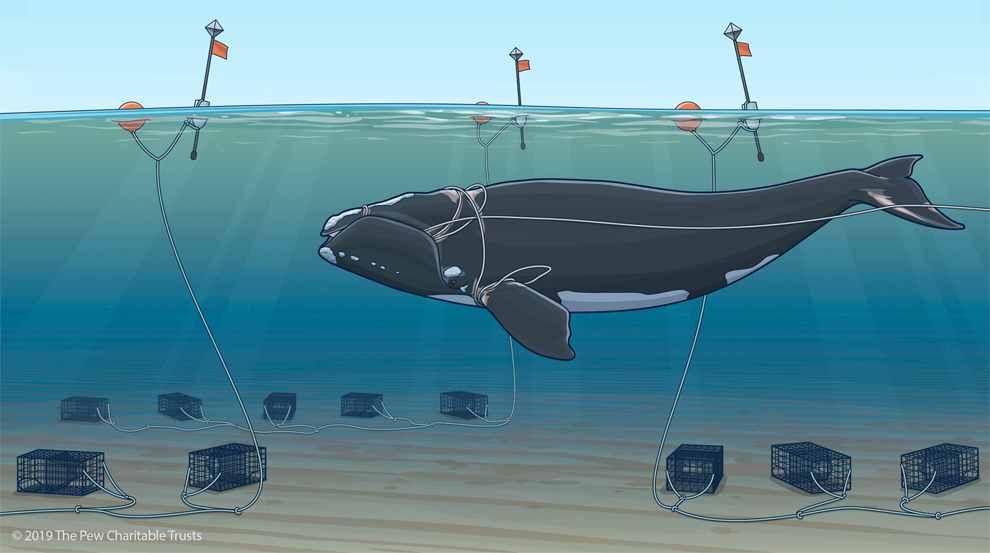
This page was updated on Dec. 3, 2019, to remove action alert language and revise the title for clarity, and again on Nov. 25, 2020, to remove a photo and caption.
This has been an alarming summer for North Atlantic right whales, with eight found dead in Canada’s Gulf of St. Lawrence and several more seen entangled in fishing gear there. Given that the population numbers only about 400, scientists say that deaths resulting from fishing gear and ship strikes need to be reduced—but that the whales can recover if given a chance. This summer was the ninth year in a row of population declines, making the task of reversing right whales’ downward spiral increasingly urgent.
Beyond the numbers: the reality of entanglement
The raw data don’t tell the full story of what entanglements do to right whales, but an article published in June in the peer-reviewed journal Diseases of Aquatic Organisms sheds more light on these incidents. In the article, 18 whale biologists, veterinarians, and pathologists evaluated the cause of death for 70 right whales between 2003 and 2018 from Florida to the Gulf of St. Lawrence and found that:
- Ropes wrapped around a whale’s head, mouth and baleen, flippers, and flukes can cause deep lacerations, deformities in bones, and partial or total amputations. In a number of cases, ropes were wrapped multiple times around a whale, including 30 to 50 times for one animal.
- Fishing gear through the mouth, baleen, or on top of the head, especially when also cinched around a flipper or fluke, can limit a whale’s ability to open its mouth, breathe, and create a water-tight blowhole seal when diving, leading to starvation and drowning.
- Dead whales showed evidence of injuries from flailing against the gear, and fluid in the lungs indicated suffocation.
- Cause of death was determined in 43 cases, of which 38 (88.4 percent) were due to preventable trauma—22 (57.9 percent) of those from entanglement and 16 (42.1 percent) from vessel strikes.
Right whales dying before they can reproduce
The authors also noted that adult females, the most important members of the species as it tries to rebuild, represented nearly two-thirds of the dead. Further, while measures to prevent ship strikes of right whales have reduced mortalities in U.S. waters, efforts to limit entanglement in fishing gear have not. In fact, the authors write, “The severity of entanglements has actually increased in recent years.”
Government must move faster to reduce deaths
Against this backdrop, the National Oceanic and Atmospheric Administration’s Fisheries Service (NOAA Fisheries) began public meetings in New England last month, seeking input on how to reduce entanglement. Gear modifications for the lobster fleet proposed by NOAA Fisheries’ primary advisory body, the Atlantic Large Whale Take Reduction Team, show promise to lessen the number of vertical ropes in the water, but due to the federal rulemaking process these measures wouldn’t be implemented on the water until mid-2021. This latest round of right whale deaths shows that NOAA needs to act much sooner.
The Pew Charitable Trusts supports a transition to ropeless lobster traps, such as units that are retrievable via remote beacons; better marking of gear to help trace where and when a whale gets entangled; and improved NOAA monitoring of right whales. But without a more immediate remedy, even these measures are unlikely to prevent North Atlantic right whale deaths during the rulemaking process.
NOAA should establish seasonal closures now
Closing certain areas to lobster fishing when right whales are present is an effective measure that NOAA Fisheries can implement quickly—and that can be adapted as needed over time. These areas could be determined by evaluating where right whales have been seen, especially in recent years, and forecasting where they’re likely to be in the future.
Pew strongly recommends two seasonal closures to traditional rope-and-buoy lobster and crab gear where right whales are known to congregate: one off Southern New England and one in deeper waters east of Maine. These closures could help whales while giving lobster fishermen time to adjust to any new rules requiring them to shift to ropeless traps.
Peter Baker is a project director and Katharine Deuel is an officer with The Pew Charitable Trusts’ campaign to protect Atlantic Ocean marine life off the U.S. and Canada.




